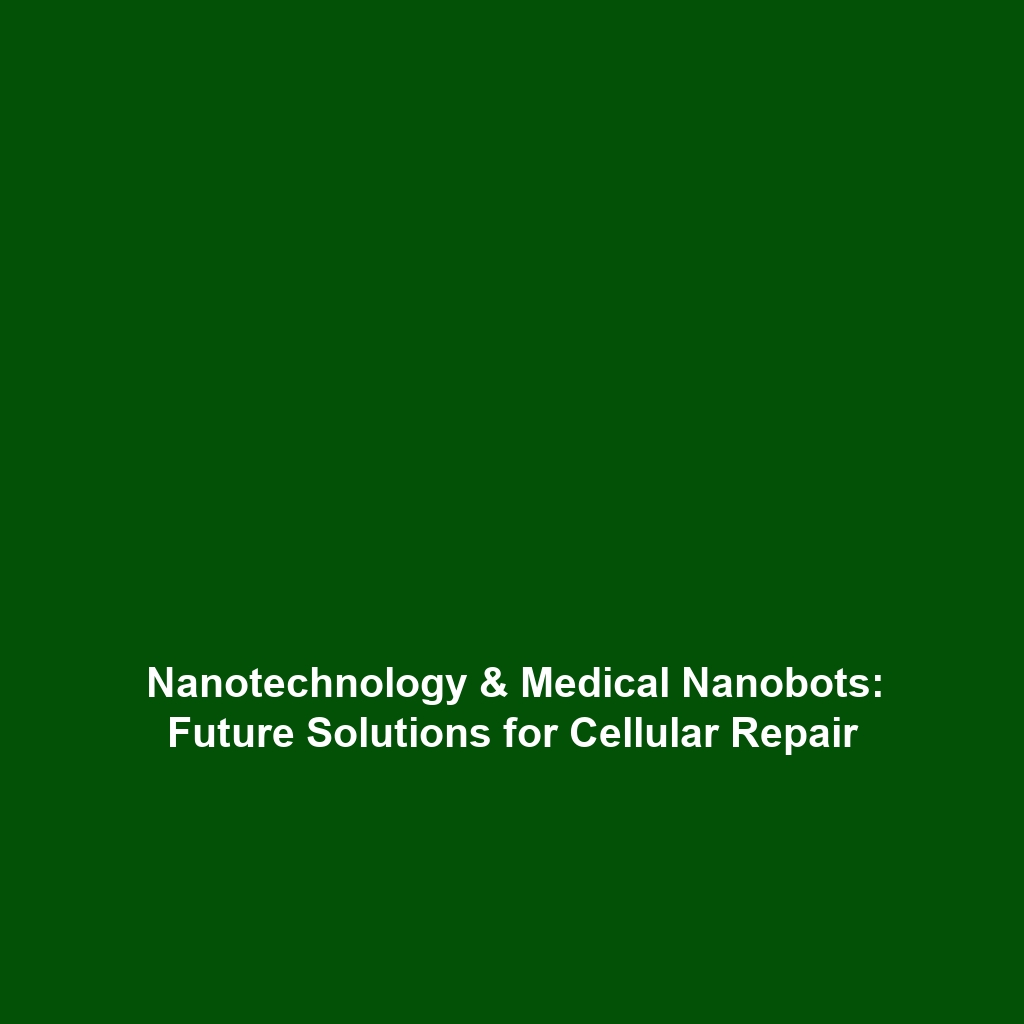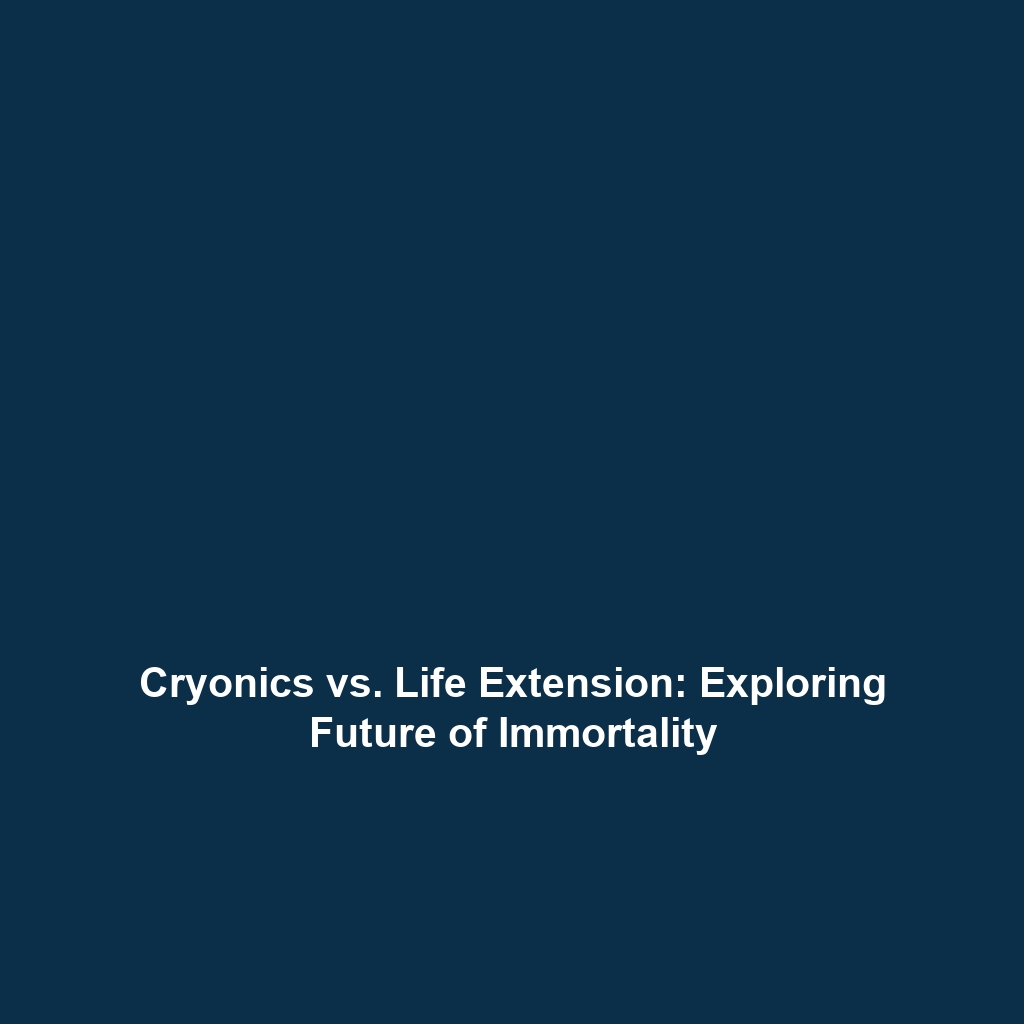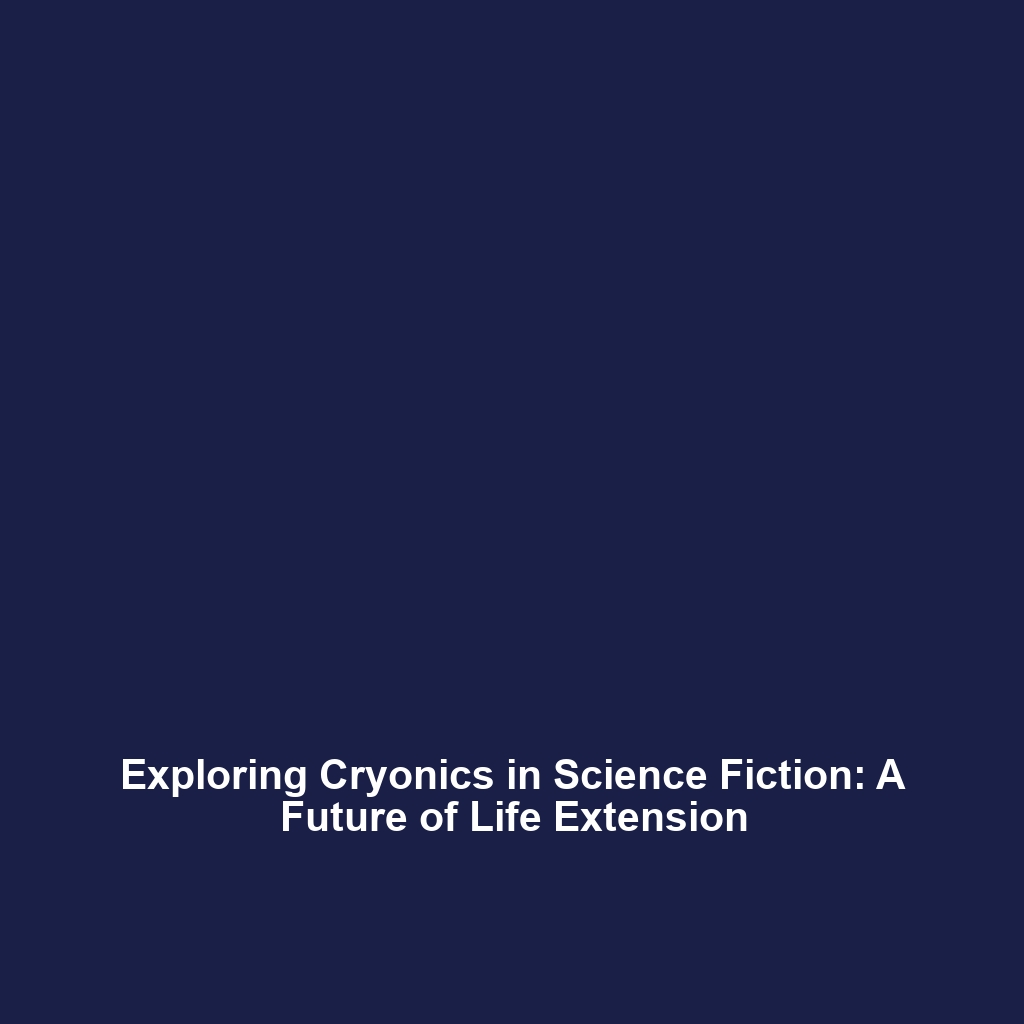Longevity Goals in Cryonics & Life Extension
Introduction
Longevity goals aim to significantly extend human lifespan while simultaneously preserving health and vitality. This quest is not merely about living longer; it embodies the aspiration for “radical life extension,” where individuals can thrive in their advanced years. In the context of cryonics and life extension, these ambitions are gaining traction as groundbreaking research and developments emerge, promising a future where age-related decline can be effectively countered.
Key Concepts in Longevity Goals
Understanding longevity goals requires familiarity with several key concepts:
Cellular Aging and Senescence
Cellular aging contributes significantly to the decline in health as one ages. Researchers focus on understanding the mechanisms of senescence and ways to mitigate its effects.
Genetic and Epigenetic Factors
Genetics plays a crucial role in determining lifespan, while epigenetics can modify gene expression without altering DNA sequences. Both fields are vital for developing interventions aimed at radical life extension.
The Role of Diet and Lifestyle
Dietary patterns and lifestyle choices are increasingly recognized as foundational to healthspan—the period of life spent in good health. Interventions focused on nutrition, exercise, and mental well-being are essential components of longevity goals.
Applications and Real-World Uses
Longevity goals manifest in various practical applications within cryonics and life extension:
- Advancements in Cryopreservation: Optimizing preservation techniques to improve the viability of cells and organs for future revival.
- Regenerative Medicine: Utilizing stem cells to regenerate damaged tissues, enhancing the potential for longevity.
- Personalized Health Plans: Employing genetic testing to create tailored health strategies focusing on extending lifespan and vitality.
Current Challenges
Despite the promise of extending human lifespan, several challenges hinder advancements:
- Scientific Limitations: Understanding the fundamental processes of aging remains incomplete.
- Ethical Concerns: The implications of lifespan extension raise significant moral and ethical questions.
- Accessibility: Advanced treatments may not be available to all, leading to disparities in health equity.
Future Research and Innovations
The future of longevity goals is encouraging, with innovative research leading to potential breakthroughs:
- CRISPR Technology: Gene-editing tools like CRISPR offer new possibilities for modifying aging-related genes.
- Nanotechnology: Future applications may include repairs at a cellular level using nanoscale devices.
- AI and Big Data: Predictive analytics may enable personalized longevity interventions based on vast health data populations.
Conclusion
Longevity goals hold the potential to revolutionize the way we perceive aging, encouraging a future where health and vitality are prioritized alongside lifespan. As cryonics and life extension research advances, individuals may soon enjoy longer, healthier lives. To stay informed on this evolving field, explore our other articles on Cryonics and Life Extension.








